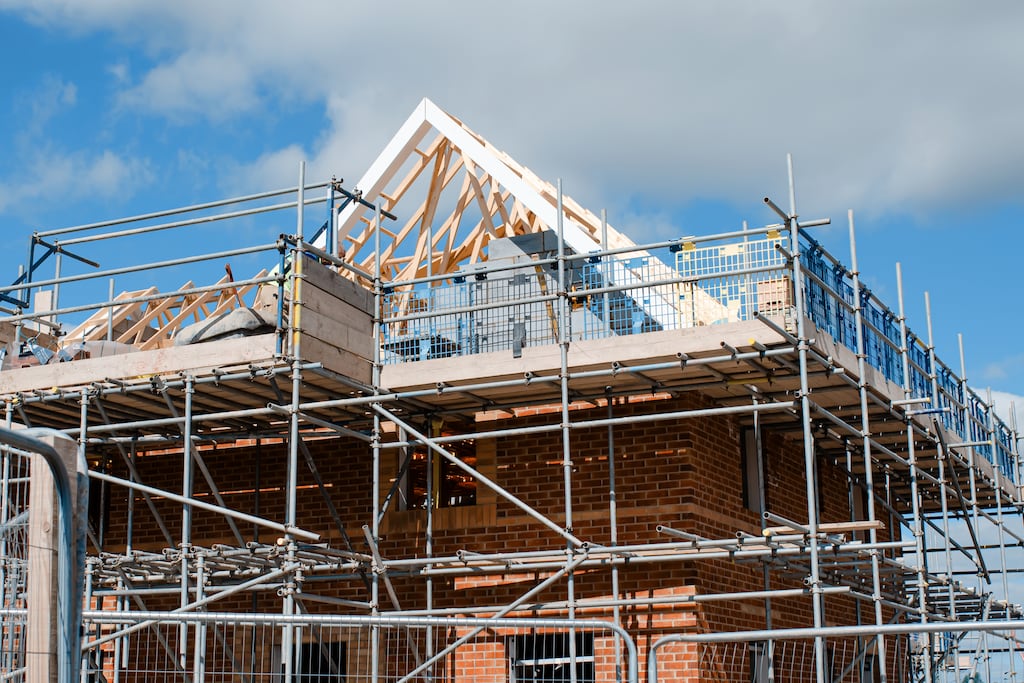The increase in Irish house prices continues relentlessly. A squeeze on supply and a buoyant jobs market which supports demand continue to propel them higher. This increases the value of an asset held by homeowners, but makes it more difficult for others to get into the market. The huge shortage of supply together with high prices means many young people continue to be locked out of the market.
Against this backdrop, State policy must confront some difficult trade-offs. A recent report by researchers from the Economic and Social Research Institute (ESRI) underlines one of them. It found that the decision of the Central Bank in 2022 to increase the amount first-time buyers could borrow – from 3.5 times income to four times – is likely to have been one factor leading to increased prices.
The ESRI paper concludes that “it may have been premature” for the Central Bank to make this change in its macroprudential rules. It finds, somewhat worryingly, that loan to income ratios for new borrowers are back to levels last seen at the height of the Celtic Tiger boom.
Questioned about this on RTÉ radio yesterday, the Central Bank governor, Gabriel Makhlouf, said that the priority was to avoid “reckless” lending and borrowing and to ensure that the financial system is not destabilised. The ESRI report finds that because the volume of mortgage lending is much less than at the peak of the Celtic Tiger period, there does not, indeed, appear to be any “systemic” risk. In other words the banks could cope with any losses that emerged.
READ MORE
However, the concern remains that individual borrowers could be exposed, particularly if there is a downturn in the economy. The conundrum, of course, is that changing the rules will have helped some borrowers who can afford it, but the danger is that it creates risks for others.
Government policy also aims to help first-time buyers via demand supports such as the Help-to-Buy and First Home Schemes. The direct impact of these on prices is not clear, but the fact remains that new house prices are increasing much more rapidly than those for second-hand homes. There is also a risk that buyers consider the State equity stake, which is part of the First Homes Scheme, as essentially being “free money”, rather than something which involves future obligations and restraints.
The key to moderating growth in house prices – or leading to a gradual decline, at least in real terms – is more supply. The recent Commission on Housing report had much to say on this score and the decision of Minister for Housing Darragh O’Brien to focus on the rejection of one of its recommendations – a new agency to oversee delivery – was unwise. In a market which remains in trouble, all good ideas need to be considered carefully and at least some should be acted on.













